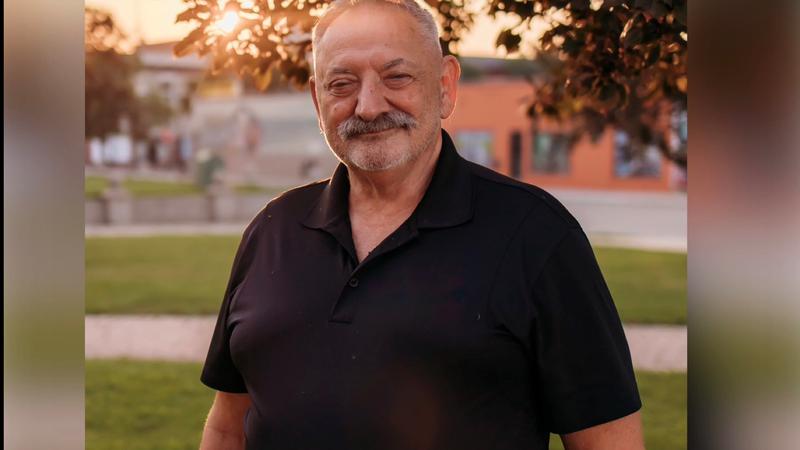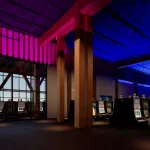
B.C. fire chief says 911 dispatch system change in B.C. risks patient safety
VANCOUVER — Patient safety is at risk in British Columbia because of changes to the 911 dispatch system, says a fire chief who has instructed city staff to ask for an ambulance during medical emergencies.
Nick Delmonico of the Port Coquitlam Fire Department said aspects of a so-called clinical response model adopted by BC Emergency Health Services last May are ineffective, leaving people waiting too long for an ambulance while firefighters are not contacted in many situations.
He said 911 callers with a medical emergency at municipal facilities in his community should immediately ask for firefighters and a dispatcher would also transfer the call to the ambulance service.


